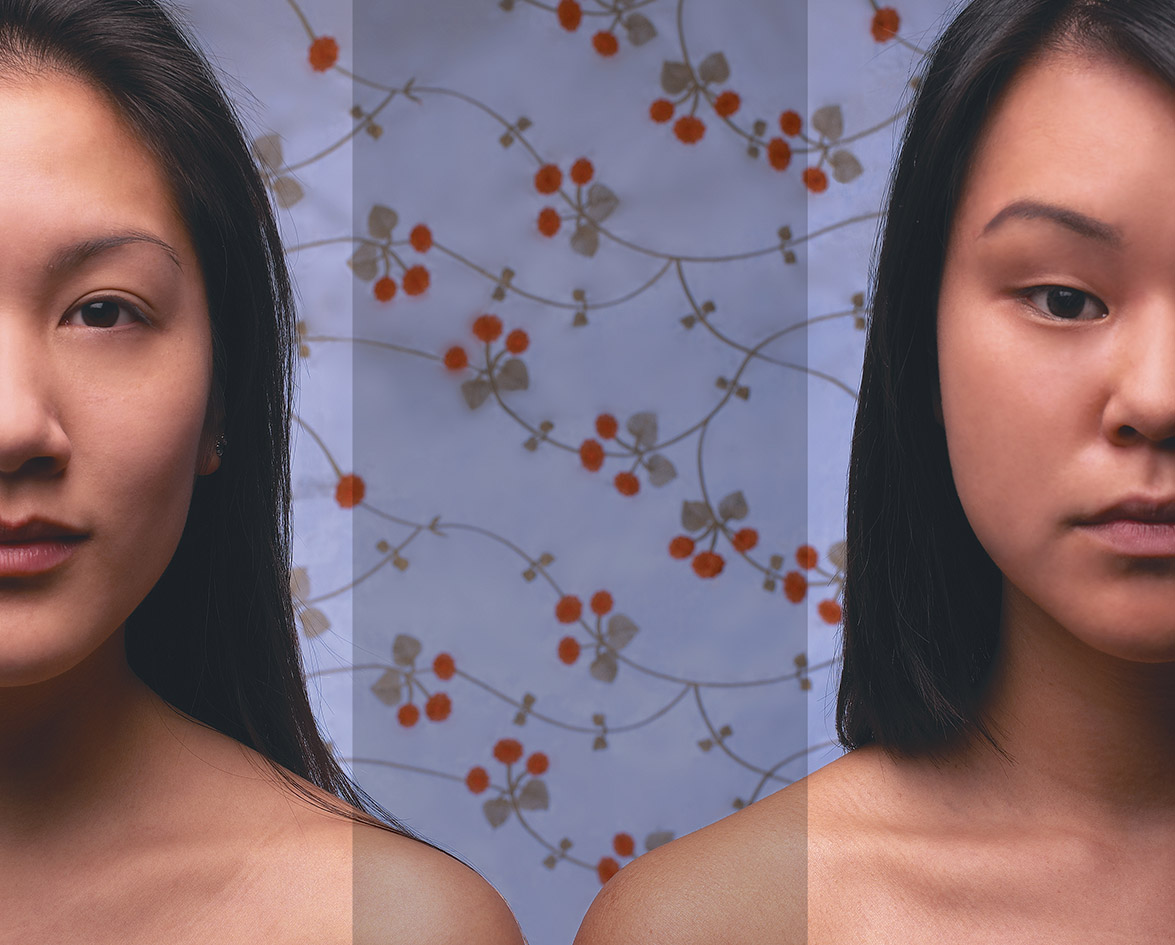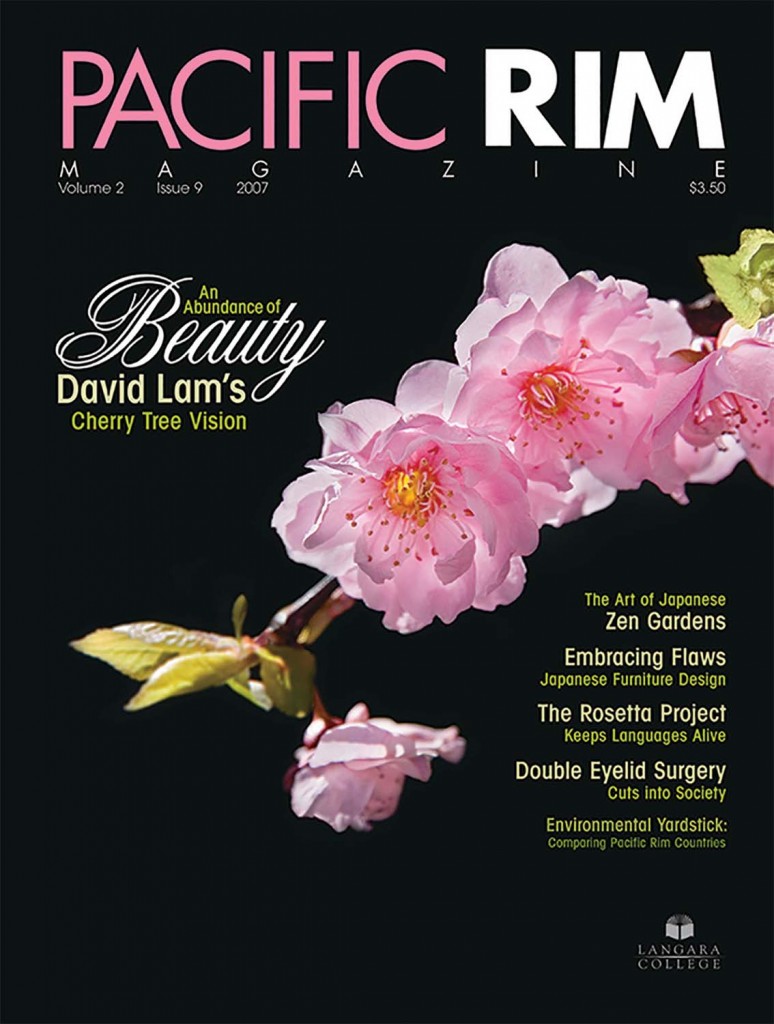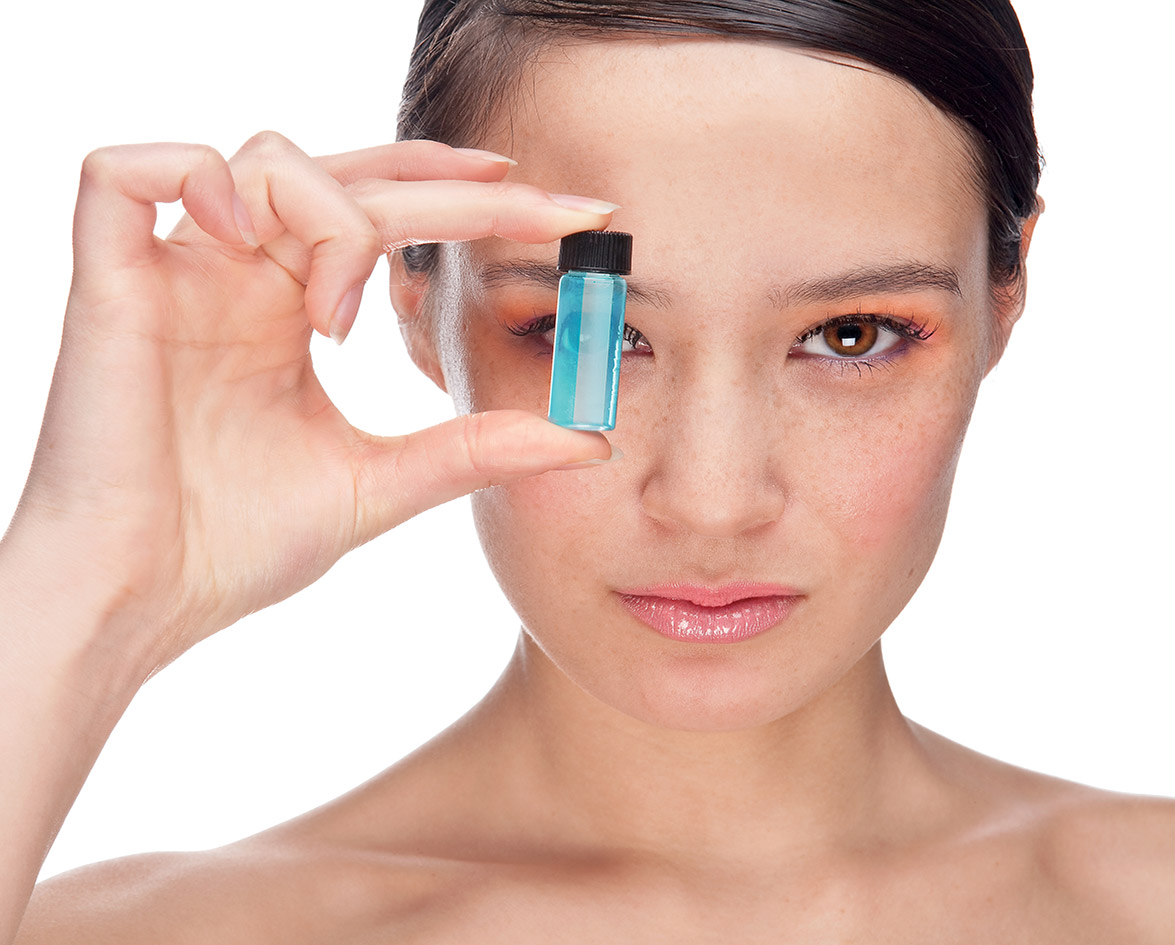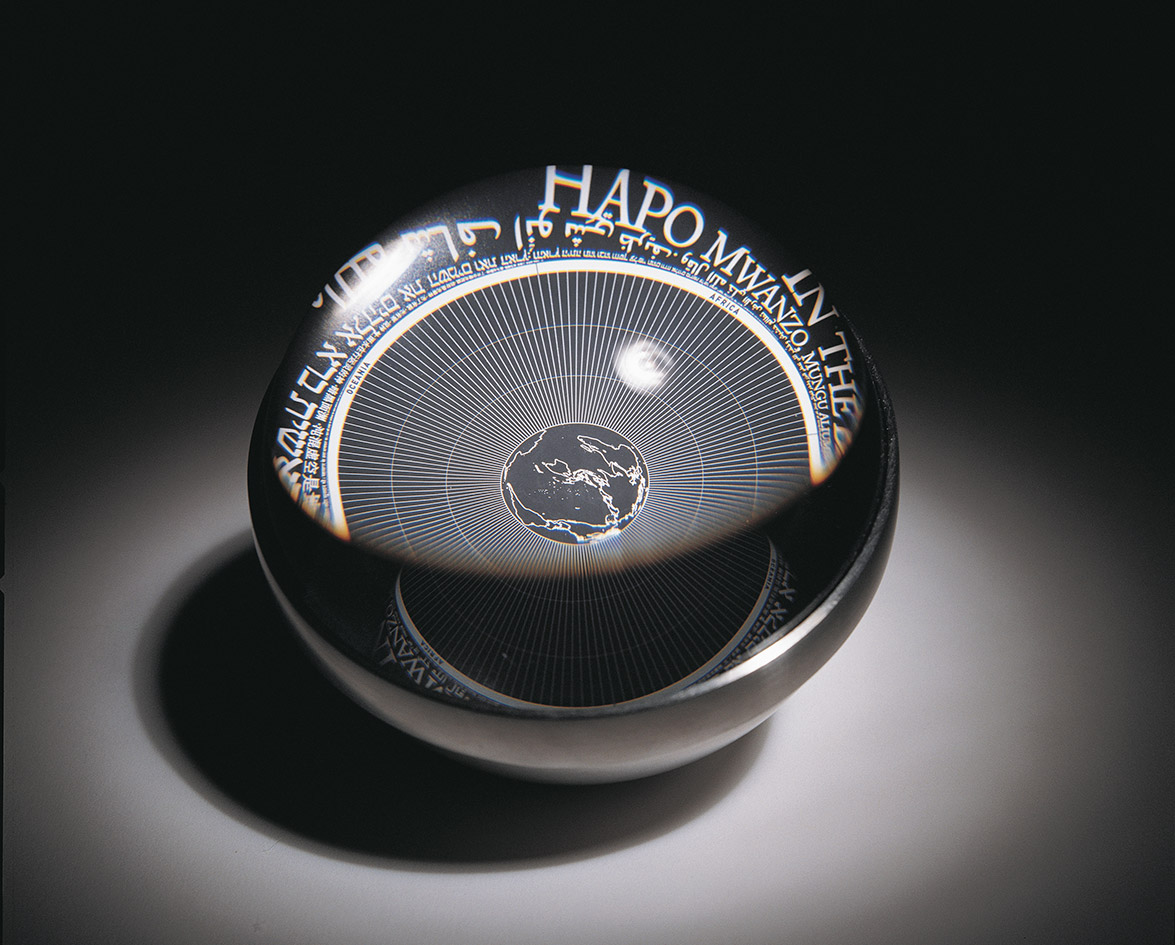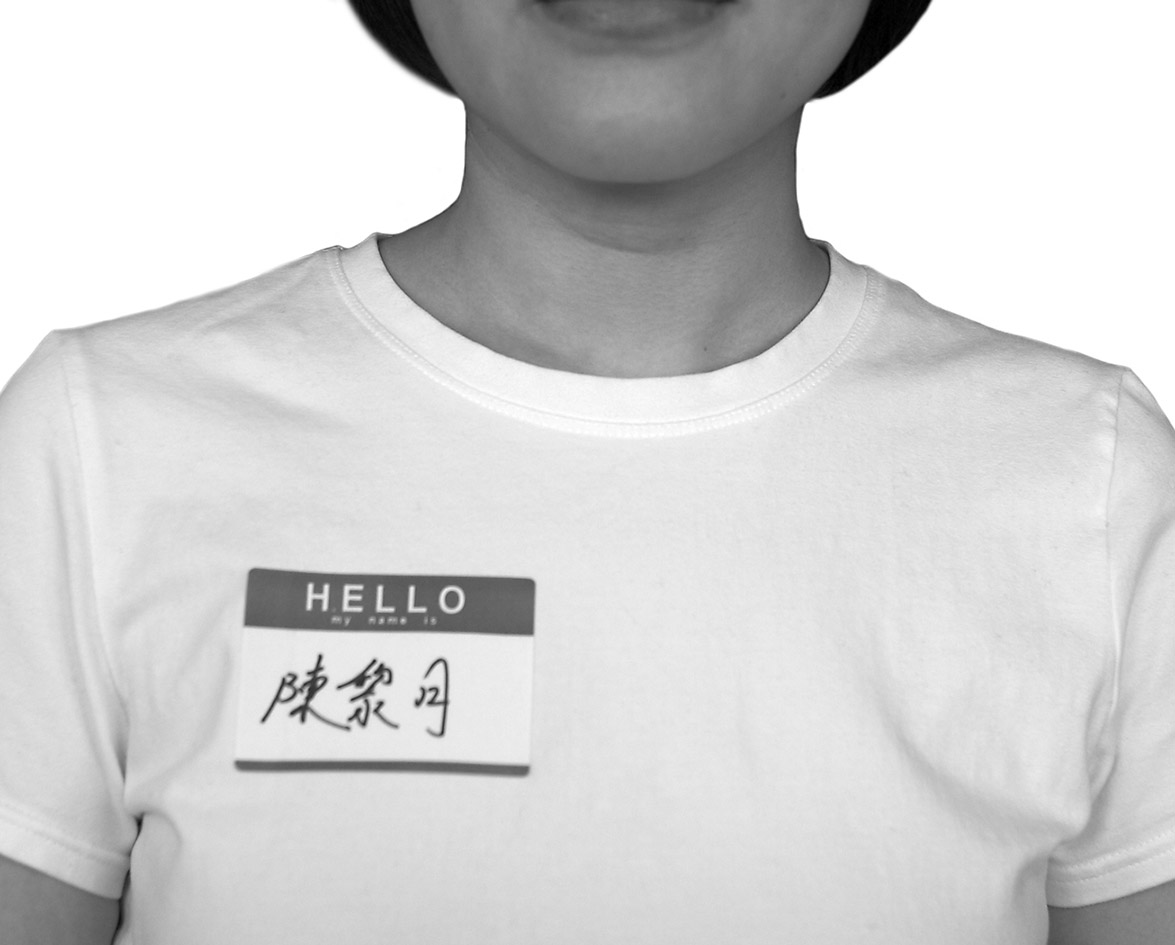It has been said that the eyes are the windows to the soul — a portal through which people can share their beauty. Although many believe this, to some, inner beauty is secondary to appearance. Across the Pacific Rim, individuals are flocking to surgeons to have their eyelids reconstructed with a procedure called Asian blepharoplasty. They are having their eyelids snipped and stitched to fit into an ideal of Asian beauty that values larger eyes. Lacking the stigma that goes along with plastic surgery, blepharoplasty is common in the Asian community, with some as young as 14 years old going under the knife. Widespread popularity of the surgery suggests the pressure to fit into an Asian ideal is more prevalent than ever.
Proceeding With Asian Blepharoplasty
Asian blepharoplasty, also known as double eyelid surgery, is a surgical procedure in which eyelids are reconstructed to incorporate a crease, or to alter a pre-existing one. According to William Pai-Dei Chen, the author of Asian Blepharoplasty: A Surgical Atlas, the surgery dates back to late 19th Century Japan, with the first operation being performed on a Japanese woman with a crease in only one eyelid. In this procedure, silk sutures were used to fix a crease, and the number of days they were left in the eyes determined the depth of the crease. The procedure has advanced significantly since then. Today’s modern procedure, though fairly similar, is safer due to better materials and refined methods. At the beginning of the hour-long procedure, eyelids are marked with incision guides, a local anesthetic is applied, and the patient is given a sedative. A scalpel or laser is then used to make an incision along the lid, and some skin and muscle are taken out. After some exploration of the fat pockets of the eyelids, excess fat is removed and the lids are then stitched together with fixations. Alternatively, a closed lid crease procedure can be used if the patient wants just a crease in the lid and does not want to alter any other aspect of the eye. This minimally invasive surgery does not require an incision, but instead creates the crease using only sutures. After surgery, the patient can usually go home after about two hours, with an advisory to avoid excessive activity for the following two weeks. According to Dr. Donald Fitzpatrick, a plastic surgeon at Fairview Plastic Surgery in Vancouver, there are a number of complications that can arise. Infection, scarring, and muscle damage are rare, but can affect some patients after the surgery. Bleeding around the eye is another possible complication, and may result in loss of vision or even total blindness.
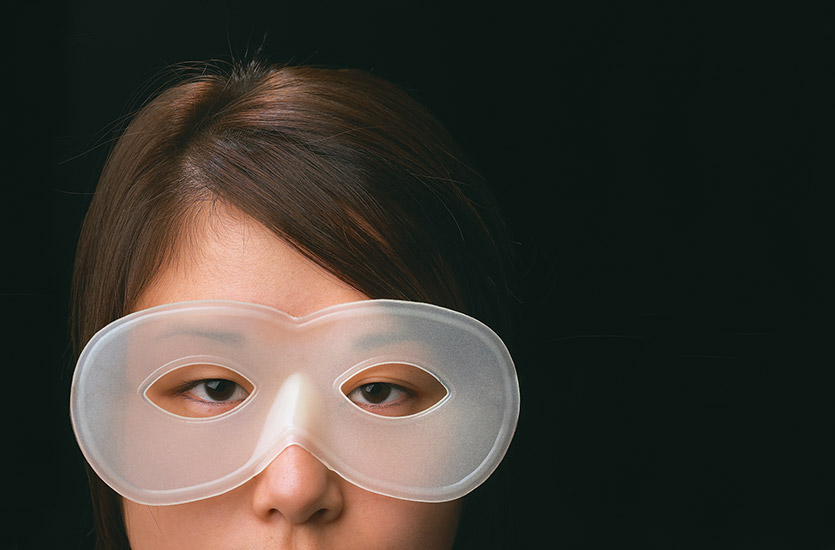
There is a misconception that people seeking procedure want to attain a Western looking eye.
Asian blepharoplasty typically costs $3,000–$4,000, with most patients being young women. One young woman looking into the surgery was Julie Karl. “I wanted to have bigger eyes and to be able to put on makeup easier,” she explained. “I just thought bigger eyes looked better.” Julie, a student living in Vancouver, was first introduced to Asian blepharoplasty when she found an old photograph of her cousin. “I was looking at old family pictures and noticed my cousin’s eyes looked different, so I asked my mom about it and she told me about a surgery that makes your eyes larger.” Although Julie had been seriously considering the procedure, she ended up deciding against it, feeling it would be painful and expensive. Since her main concern was easier makeup application, she decided instead to get semi-permanent eyeliner tattooed on her lids. According to Julie, the procedure is so common “it doesn’t even seem as if it is surgery anymore, it seems like it is just like going to buy makeup.” Julie is happy that she did not get the surgical procedure done, stating, “In the end, there was no real need.”
As Common As Buying Makeup
According to Soo Kim in Canadian Press NewsWire, Asian blepharoplasty is the most sought-after cosmetic surgery in the Pacific Rim. Most patients seeking the procedure are Chinese, Japanese, Korean, Filipino, and Southeast Asian. It is speculated that in these demographics, the numbers are higher because more than half of the population already has a natural eyelid crease.
The motivations pushing people to spend thousands of dollars on Asian blepharoplasty are multi-layered. Individuals are driven to get the surgery done for reasons varying from cultural ideals to convenience; their motivations cannot be simplified to a single rationale. Though some candidates subscribe to a notion of beauty in which big eyes with creases are more attractive; for others, the motivation for getting Asian blepharoplasty is much simpler, such as Julie’s desire for bigger eyelids to allow for easier makeup application. William Pai-Dei Chen says half of all Asians have a crease naturally, while the other half have only a single eyelid. One film in the series Skin Deep explores Asian blepharoplasty and discusses the reasons for the large number of surgeries each year. In the film, Ann Shin suggests that many cultures have embraced an aesthetic ideal that values large eyes. “People who have bigger eyes, or who have double eyelids, will be considered more attractive,” says Shin. She suggests magazines, film, and fashion reinforce the notion that bigger eyes are more attractive.
It doesn’t even seem as if it is surgery anymore, it seems like it is just like going to buy makeup.
There is a misconception that people seeking the procedure want to attain a more Western looking eye, but this is rarely the case. According to Dr. Andrew Denton, assistant clinical professor at the University of British Columbia and director of facial plastic surgery at Vancouver General Hospital, one of the first things Asian patients say is they do not want a Western looking eye. “The procedure used to be called Western blepharoplasty,” Dr. Denton explained. “The inference [was] that you were westernizing the eye, but that has shifted and it is now referred to as ‘Asian blepharoplasty’ because we’re really not interested in changing the ethnic appearance of the eye.” Most Asian patients, according to Dr. Denton, do not want a Caucasian eye, they want an Asian eye that has a crease. Chen also believes the concept of westernization is false. According to Chen, “The growing popularity of Asian blepharoplasty has been incorrectly interpreted as resulting from the influence of Western culture after World War II and the Korean War, a manifestation of which was believed to be a desire on the part of Asians to blend in with Caucasians, to look westernized or occidental.” Chen attributes the increasing popularity of Asian blepharoplasty to the growing awareness of the procedure’s availability, not to Western influence.
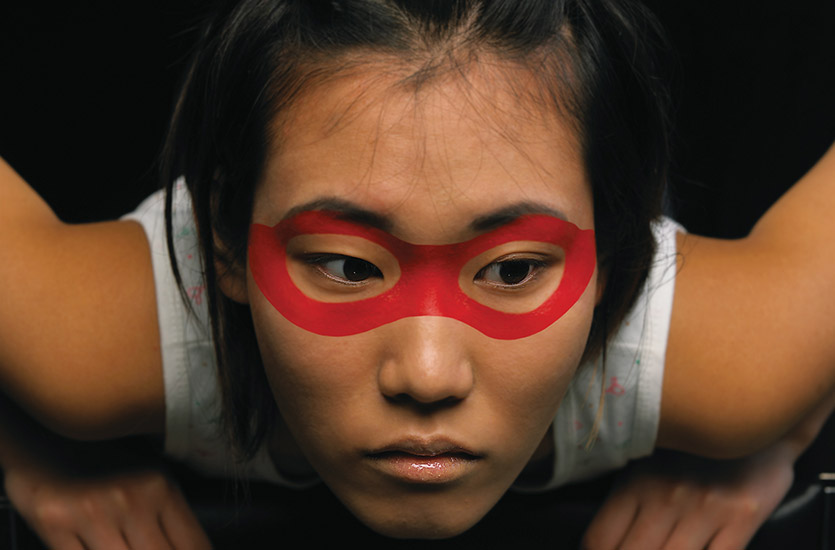
Western Influence Discussed
However, some believe that Western influences cannot be ignored. Hung-Tai Lo, a cultural psychiatrist, was quoted in Canada Press NewsWire saying the influence of the West cannot be discounted. According to Lo, western culture has successfully dominated media across the world, establishing a near universal ideal that is imitated worldwide. Shin also believes that the West is responsible for the increased popularity of the procedure. In her film, Western Eyes, she follows the story of two women who are interested in the procedure after their immigration to Canada — these women feel out of place and want to blend into Canadian culture. Shin discusses the influence of the West, suggesting that magazines and fashion are some of the culprits for the westernization of Asian eyes.
The reasons behind Asian blepharoplasty’s popularity are clearly debatable. The motives that are driving more people to surgery every year are obscured by the media and cultural ideals, and therefore remain undefined. It is not just Asian blepharoplasty that is experiencing an increase in demand, but many other surgeries such as liposuction and rhinoplasty (nose jobs). According to Dr. Fitzpatrick, the increase in eyelid surgeries coincides with the increase of the population. He also suggests that an increased awareness of procedures available plays a role in surgery’s gain in popularity.
Some are concerned about the popularity of the operation and its acceptance in the Asian community. Shin hopes the media will someday embrace all types of Asian beauty, and people will be happy with their Asian features. She suggests if the media accepts all kinds of Asian beauty, fewer people will feel the need to alter themselves through surgery. However, until pressure of the Asian ideal weakens, eyelid surgeries will be frequently present in the community.





